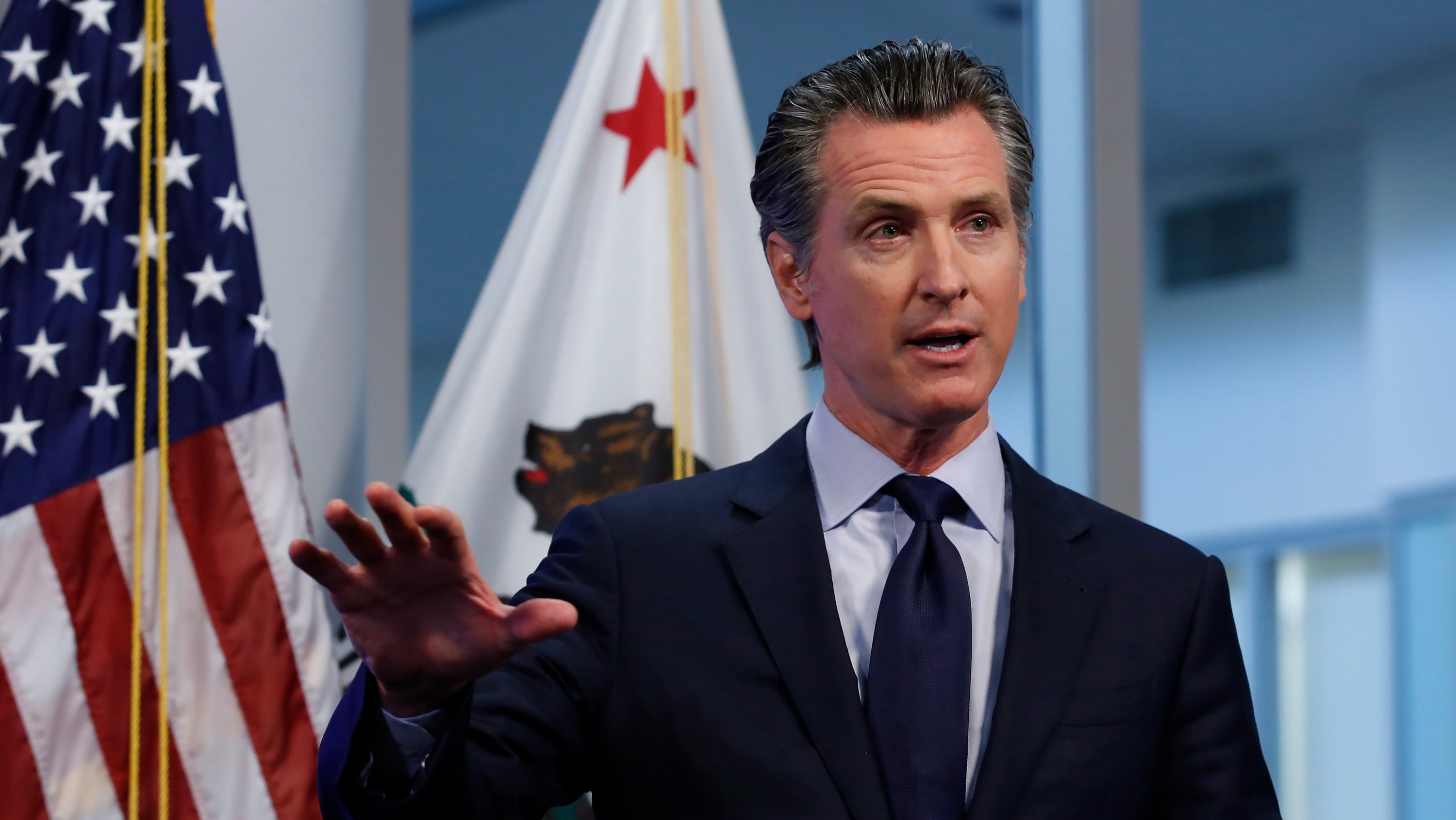California aims to quintuple its coronavirus testing

California plans to significantly ramp up its coronavirus testing and tracing efforts, as the state strives to reach a point where it could relax stay-at-home rules implemented to contain the outbreak.
During a press conference on Wednesday, Governor Gavin Newsom said the state intends to increase testing capacity from about 16,000 per day to 25,000 by April 30, and reach between 60,000 and 80,000 in the weeks after. As part of that effort, California will open 86 new testing sites around the state through partnerships with Verily and OptumServe, with a focus on filling in “testing deserts” in rural areas.
The state is also loosening its testing guidelines, including recommending that health-care workers, first responders, and correctional workers get tested even if they don’t have symptoms.
Separately, Newsom said the state plans to build up “an army of tracers,” starting with some 10,000 people dedicated to interviewing infected patients and contacting those they may have exposed. In turn, the team will work to ensure that those people are tested, isolated, and quarantined as needed, in the hopes of suppressing the disease and preventing hospital systems from becoming overwhelmed.
California is by far the most populous state in the country. And its contact-tracing program alone could require 35,000 daily tests. The task force will be made up of existing public health workers, volunteers, and reassigned state workers, who will rely upon online tools for training and tracing.
Newsom said that he’d had a call with President Donald Trump on Wednesday, during which the president committed to supply the state with nasal swabs, an essential component of testing that is running in short supply. Trump agreed to provide 100,000 swabs this week, 250,000 next week,and a higher number still in the weeks to come.
California took early and aggressive steps to contain the outbreak, which helped to keep cases and fatalities relatively low. But last week, Newsom laid out six key goals the state still needs to achieve to begin significantly modifying restrictions, which included greater testing and tracing capacity. Depending on the level of progress, he said he may be able to provide firmer details on when some rules could be eased at the beginning of next month.
But in a first step in that direction, also announced on Wednesday, the state is now allowing health-care systems to resume certain procedures that had been halted, like colonoscopies and heart valve replacements.
Deep Dive
Biotechnology and health
How scientists traced a mysterious covid case back to six toilets
When wastewater surveillance turns into a hunt for a single infected individual, the ethics get tricky.
An AI-driven “factory of drugs” claims to have hit a big milestone
Insilico is part of a wave of companies betting on AI as the "next amazing revolution" in biology
The quest to legitimize longevity medicine
Longevity clinics offer a mix of services that largely cater to the wealthy. Now there’s a push to establish their work as a credible medical field.
There is a new most expensive drug in the world. Price tag: $4.25 million
But will the latest gene therapy suffer the curse of the costliest drug?
Stay connected
Get the latest updates from
MIT Technology Review
Discover special offers, top stories, upcoming events, and more.